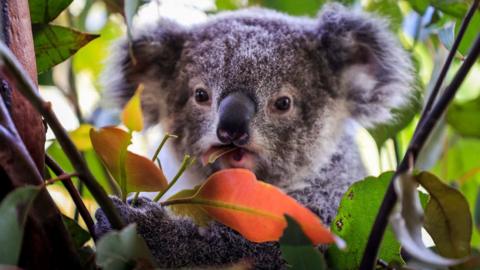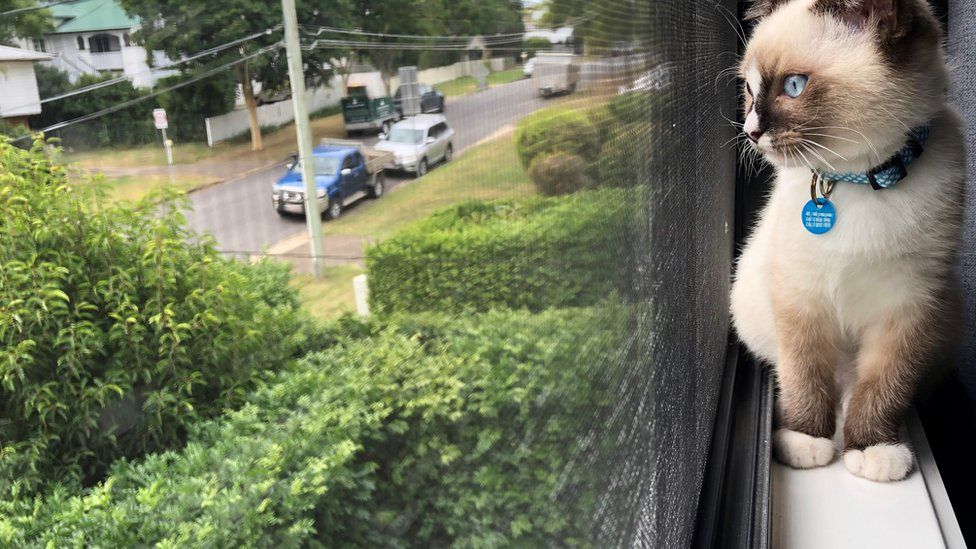
Eight-year-old ginger cat Juniper might look cute and fluffy, but appearances can be deceptive.
“She was an efficient hunter,” says her owner, Hugh Fathers, a retiree living in rural Australia.
“I don’t know how prolific – because I never saw all of her kills.”
Australia has a cat problem. Its population of just over eight million feral and domestic cats are thought to kill billions of native creatures each year, many endangered.
For Juniper, favoured prey included birds, rodents and even red-bellied black snakes, Mr Fathers says.
“Occasionally she used to park them under the bed, which is a lovely place to find them. Certainly not something I was ever happy about, but I had to understand that she was a cat, and that’s part of what cats are.”
That “part of what cats are” is why advocates say Australia needs to get a grip on its free-roaming felines.
A typical domestic cat like Juniper in New South Wales will kill more than 180 native creatures every year, suggests data from Threatened Species Recovery Hub.
And her feral feline cousins, whose population fluctuates between two and six million, are even more voracious, each killing about 790 wild animals per year.
The overall toll – some two billion mammals, birds and reptiles – approaches the estimated wildlife lost, injured or displaced in the 2019-20 Black Summer bushfires disaster – every year.
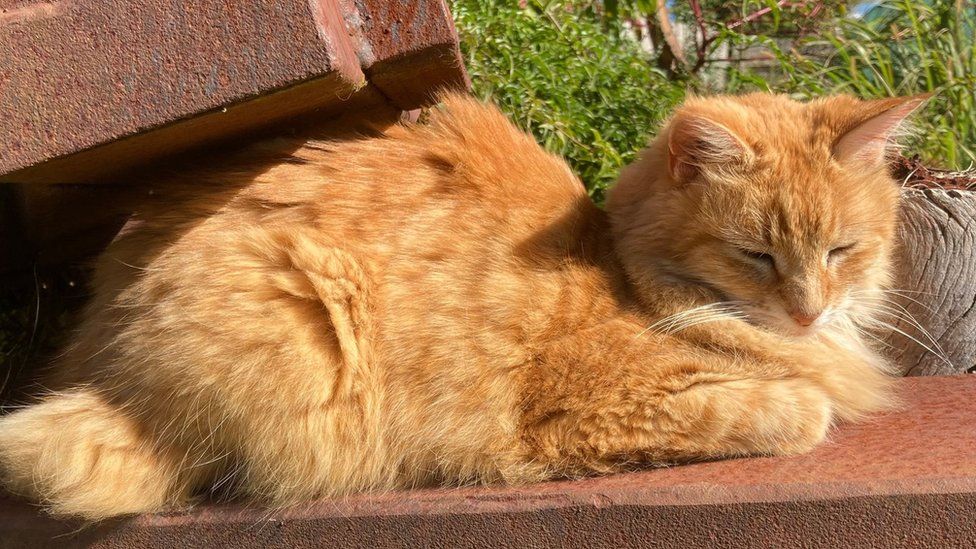
At a recent two-day “cat symposium” in Perth, experts outlined the scale of this cat crisis and discussed solutions.
Prof Sarah Legge from the Australian National University says cats were “the primary contributor” to the extinction of two-thirds of the 33 Australian mammal species lost since colonisation.
“That’s a massive extinction rate… you don’t see that replicated anywhere else in the world. They continue to cause mammal declines today,” she told the BBC.
“There’s eight species that only survive now in cat-free areas, so either islands or fenced areas on the mainland.”
Low-level cat regulations like microchipping and registration exist across Australia. And concern about the impact of roaming cats has led almost one-third of councils to bring in cat-free areas, cat curfews or containment rules.
But restrictions vary widely and there are no containment laws at all in Western Australia or the most populous state, New South Wales (NSW).
Prof Legge believes while many Australians already understand the need to reduce the impact of cats, a standardised approach would help greatly.
Many councils, too, would like to expand restrictions, but can’t do so because the overarching laws on domestic animals are set at state level.
“If you’re a pet cat owner, it’s really confusing because it’s just a patchwork of different rules depending on where you are. The next step would be to try and get all of those laws harmonised and make it easier for local governments to bring in cat containment.”
Tweed Shire Council in northern NSW is one of the only areas in the state which designates some suburbs close to sensitive wildlife sites cat-free.
Pest management programme leader Pam Gray says such blanket bans are very effective, but the council’s hands are tied when it comes to further measures – which she says the cats themselves need as well.
“Unfortunately, the NSW Companion Animals Act is the primary piece of legislation that we’ve got to regulate cats. There’s some (local) restrictions that can be put in place… but they’re very complicated to actually enforce.
“It would be good to see similar levels of legislation regulating cats to that that we currently have for pet dogs or horses… you must keep it on your property.”

Around 30% of Australia’s cat owners already contain their pets, either indoors or in specially constructed cat enclosures, sometimes referred to as “catios”.
Encouraging responsible ownership through awareness raising is the key to curbing cats’ destructive habits, Invasive Species Council director James Trezise says.
“A lot of people say: ‘Well, my cat doesn’t predate on animals’. Well, that’s because they only bring about 15% of any killed animals back.
“A lot of the impacts of free-roaming pet cats are out of sight, out of mind.”
Last year the Australian Capital Territory (ACT) showed one possible future model for the whole country.
Alongside a mandatory cat register, cat containment suburbs were expanded across Canberra and a curfew for all cats born after 1 July was brought in.
Existing free-roaming cats were permitted to remain at large “to allow a fair and gradual transition”, ACT Minister for Transport and City Services Chris Steel told the Canberra Times newspaper.
With the cats in retreat, native species can recover in “spectacular fashion”, says Prof Legge.
“Boodies (burrowing bettongs), stick-nest rats, western barred bandicoots, rufous hare-wallabies, banded hare-wallabies… increase in population size very markedly.”
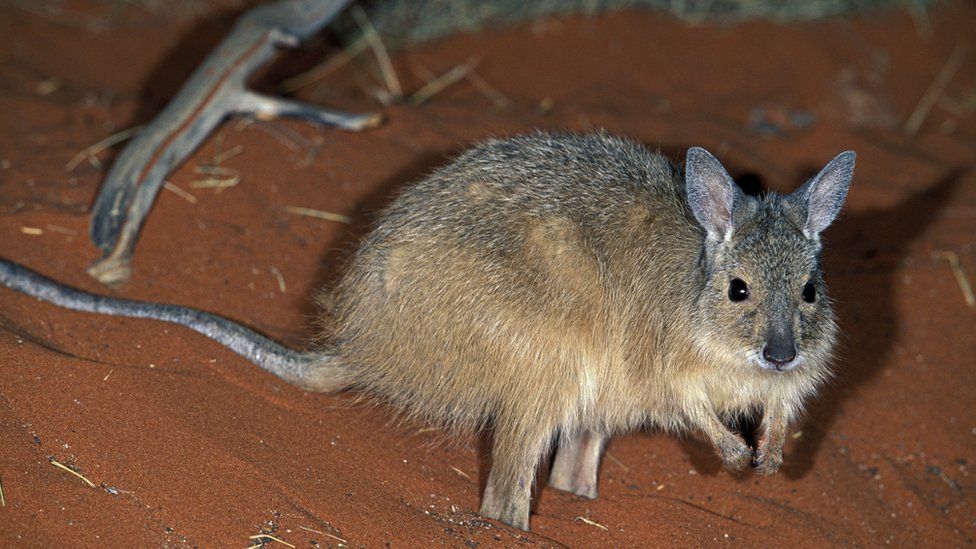
And containment benefits cats too, says James Trezise.
“It’s been estimated that pet cats that are safely contained, or [with] controlled access to the outdoors will live up to 10 years longer than free-roaming cats,” he says.
That longer lifespan comes from reduced risk, says Prof Legge.
“They’re not going to get hit by a car, mauled by a dog or pick up diseases. As long as you’re providing a behaviourally enriched environment, at home or in the catio, the cat’s better off.”
Perhaps illustrating that point, Hugh Fathers’ Juniper is sadly currently missing. Would he consider a replacement?
“I only live in a three-room cottage, so I really could not have an indoor cat,” he says. “But if I was in a situation where I had a large enough house or the finances to put a cat run in, no drama. I think it’s a great idea personally.
“Even though it takes away some of the ‘cat-ness’, when it comes to protecting Australian native animals from cats, I’m all for it.”
Related Topics
-
-
4 October 2022
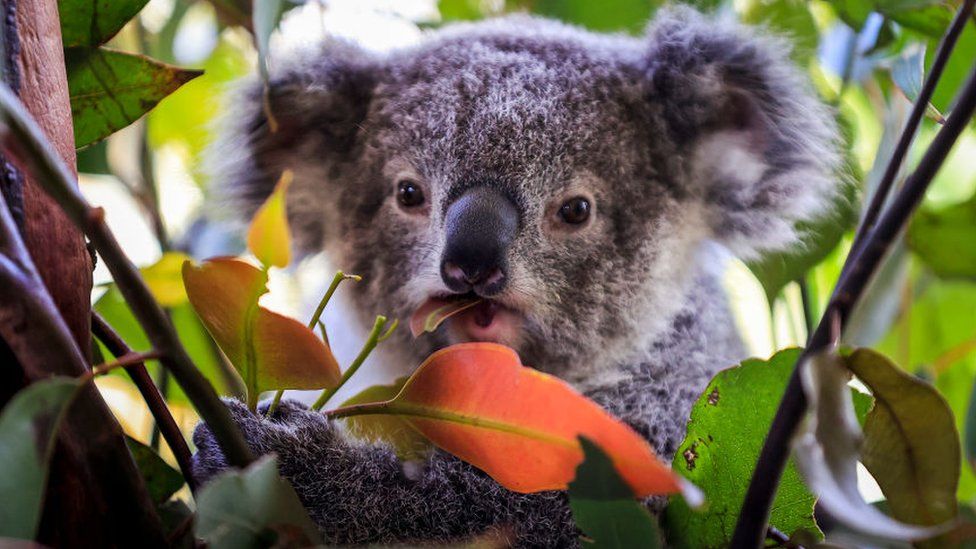
-
-
-
23 October 2022
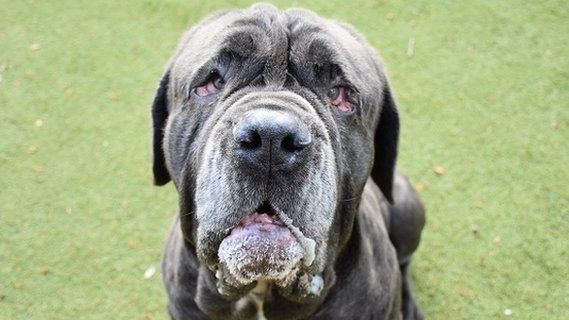
-
-
-
24 May 2018
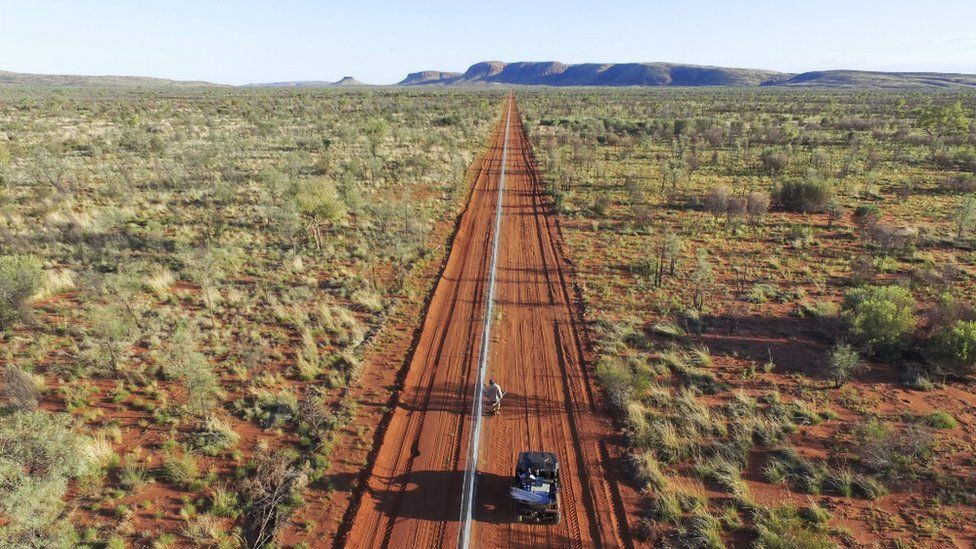
-

